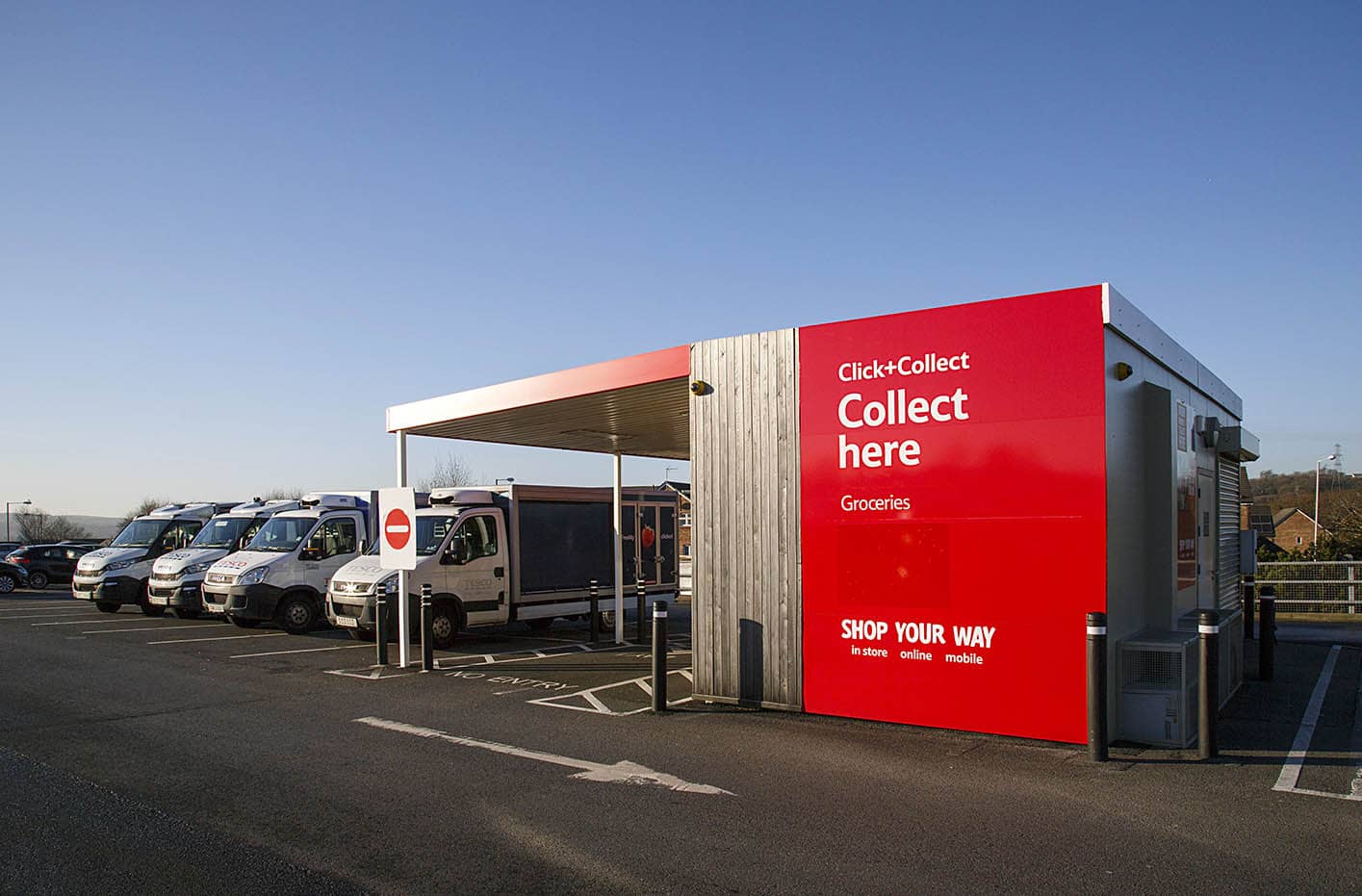Retail Sales Undented by the Pandemic as Divide Between Online and Physical Stores Grows Ever Larger

Image © Adobe Images
UK retail sales remain above their pre-pandemic levels, say the Office for National Statistics in their latest UK retail sales report.
Retail sales volumes decreased by 3.8% from October as many stores ceased trading following a second major lockdown, but the data suggests spending merely shifted online.
The 3.8% decline was however less severe than the -4.2% outcome the market consensus was looking at.
Retail sales grew 2.4% when compared to the same month last year, which was an outturn below the 2.8% consensus was expecting.
The growth comes despite a tightening of Covid019 restrictions across the country in November.
"The fact that UK retail sales fell by 'only' 2.6% during the November lockdowns is fairly remarkable. But it also reflects huge shifts in the way consumers are shopping, and the latest restrictions have only amplified the divide between online and physical retail," says James Smith, Developed Markets Economist at ING Bank.
Food sales grew 3.1% while household goods stores rose 1.6%, making these two the only sectors to show growth in monthly volume of sales.
Clothing store sales saw a sharp fall in sale volumes, reports the ONS.
Above: Volume sales, seasonally adjusted, Great Britain, November 2017 to November 2020. In November 2020, retail sales volumes decreased by 3.8% when compared with October 2020.
"November is one the busiest months of the year for retailers, so this emergency measure by the Government will have been directly responsible for the unusually high level of discounting currently in stores, with shops fighting for every consumer in the briefest of run-ups to Christmas," says Lee Lucas, Principal and CEO of the Fashion Retail Academy.
Above: Volume sales, seasonally adjusted, Great Britain, February 2020 to November 2020. Household goods stores continued to see sales above February levels whilst “other” stores saw sales decline below pre-lockdown levels in November 2020.
November 2020 saw strong growth in online sales across all sectors when compared with the same month a year earlier.
Online department store sales increased by 157.2% while household goods stores and “other” non-food stores also saw sales rise by 124.7%
The proportion of online sales increased to 31.4% compared with the 28.6% reported in October, however this is still lower than the peak witnessed during the first wave of the pandemic in May 2020 when the proportion of online sales reached 33.9%.
"The sales figures have shown that retailers with a strong digital presence were able to reap the benefits during lockdown as a flurry of online activity saw web sales soar by 74.7% compared to last year," says Lucas.
"As we head into the Christmas season, this online vs physical retail split has, if anything, only become more pronounced," says Smith.
ING analysis suggests consumer fundamentals are ‘ok’ - at least in relative terms compared to the size of the shock the UK economy has experienced this year.
Despite rising unemployment ING analysts say the furlough scheme has helped protect incomes and will have helped support confidence. Savings levels have also risen noticeably this year, and retailers will therefore be hoping for a higher per-person spend this year.
According to the latest footfall data from Springboard (via the ONS), visits to the high street remain some 30% down compared to the same period last year.
"This, combined with the forthcoming end to the eviction ban in March, point to a tough start to 2021 for the high street," says Smith.






